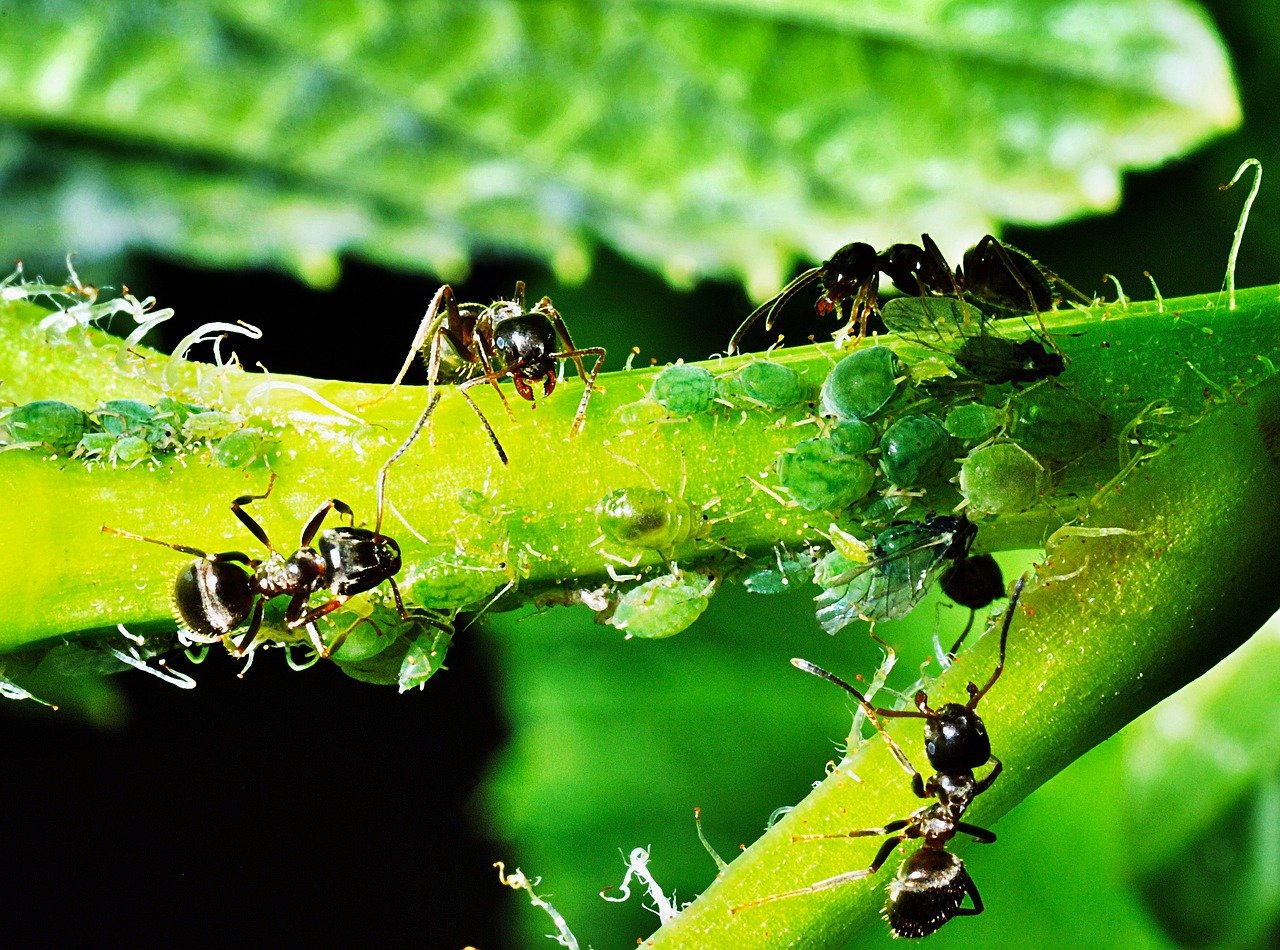Underwater Heroes: The Rescue and Rehabilitation of Marine Pets
Introduction
In this blog post, we will take an inside look at the tireless efforts of organizations and individuals dedicated to rescuing, rehabilitating, and releasing marine pets. These unsung heroes work tirelessly to ensure the well-being and survival of these beloved creatures, despite the numerous challenges they face along the way.
The Importance of Rescue and Rehabilitation
Marine pets, such as dolphins, sea turtles, seals, and sea lions, face a myriad of threats in their natural habitats. From pollution and habitat destruction to entanglement in fishing gear and injuries caused by human activities, these animals often find themselves in need of help. That’s where rescue and rehabilitation efforts come into play.
The primary goal of rescue and rehabilitation is to provide immediate care and medical attention to injured or stranded marine pets. Rescue teams, often comprised of trained professionals and volunteers, work tirelessly to locate and rescue these animals, ensuring their safety and well-being.
Once rescued, the animals are transported to specialized rehabilitation facilities, where they receive the necessary medical treatment, rehabilitation, and care. These facilities are equipped with expert staff and state-of-the-art equipment to provide the best possible care for the animals.
Rehabilitation can involve a range of activities, including medical treatments, physical therapy, and behavioral training. The ultimate aim is to restore the animals’ health, strength, and natural behaviors, so they can be successfully released back into their natural habitats.
The Challenges Faced
Rescue and rehabilitation of marine pets come with their fair share of challenges. One of the biggest challenges is the sheer scale of the problem. With marine habitats facing increasing threats, the number of animals in need of rescue and rehabilitation is on the rise.
Furthermore, the process of rescuing and rehabilitating marine pets can be physically and emotionally demanding. Rescue teams often have to work in challenging conditions, such as rough seas or remote locations. They may also encounter animals in distress, which can be heartbreaking and emotionally draining.
Another significant challenge is funding. Operating rehabilitation facilities and providing the necessary care for these animals requires substantial financial resources. Many organizations rely on donations and grants to fund their operations, making fundraising a constant concern.
Additionally, the success of rehabilitation and release efforts relies heavily on public awareness and cooperation. Educating the public about the importance of marine conservation and the role they can play in protecting these animals is crucial. Encouraging responsible behavior, such as proper disposal of waste and reducing pollution, can go a long way in preventing injuries and harm to marine pets.
Success Stories
Despite the challenges, countless success stories emerge from the world of marine pet rescue and rehabilitation. One such story is the tale of a young sea turtle named Sandy. Found entangled in fishing gear, Sandy was brought to a rehabilitation facility where she received extensive medical treatment and care.
Over several months, Sandy’s health improved, and she regained her strength. With the help of dedicated staff, she relearned essential survival skills, such as foraging and avoiding predators. Finally, the day came when Sandy was ready to return to the ocean.
With great anticipation, a team of volunteers released Sandy back into the sea. As she swam away, it was a moment of triumph and hope. The efforts of the rescue and rehabilitation team had given Sandy a second chance at life, and she now had the opportunity to contribute to the survival of her species.
Stories like Sandy’s highlight the incredible impact that rescue and rehabilitation efforts can have on the lives of marine pets. Each successful release represents a victory for conservation and a testament to the dedication and hard work of those involved.
Conclusion
The rescue and rehabilitation of marine pets are vital for their survival and the health of our oceans. The individuals and organizations involved in these efforts are true heroes, working tirelessly to ensure the well-being and future of these magnificent creatures.
By supporting these organizations through donations, volunteering, and spreading awareness, we can all play a part in protecting marine pets and preserving their natural habitats. Together, we can make a difference and ensure a brighter future for these underwater heroes.












